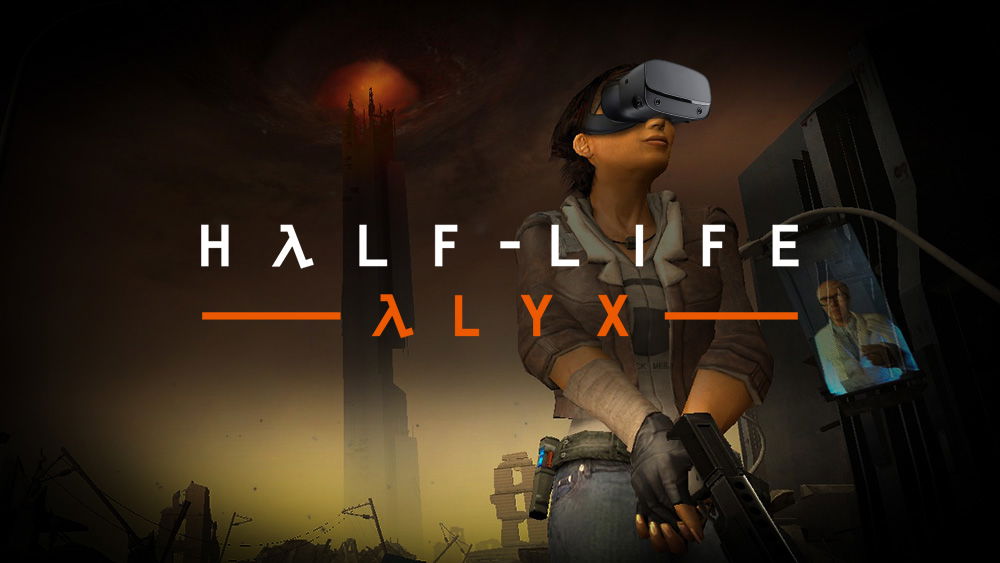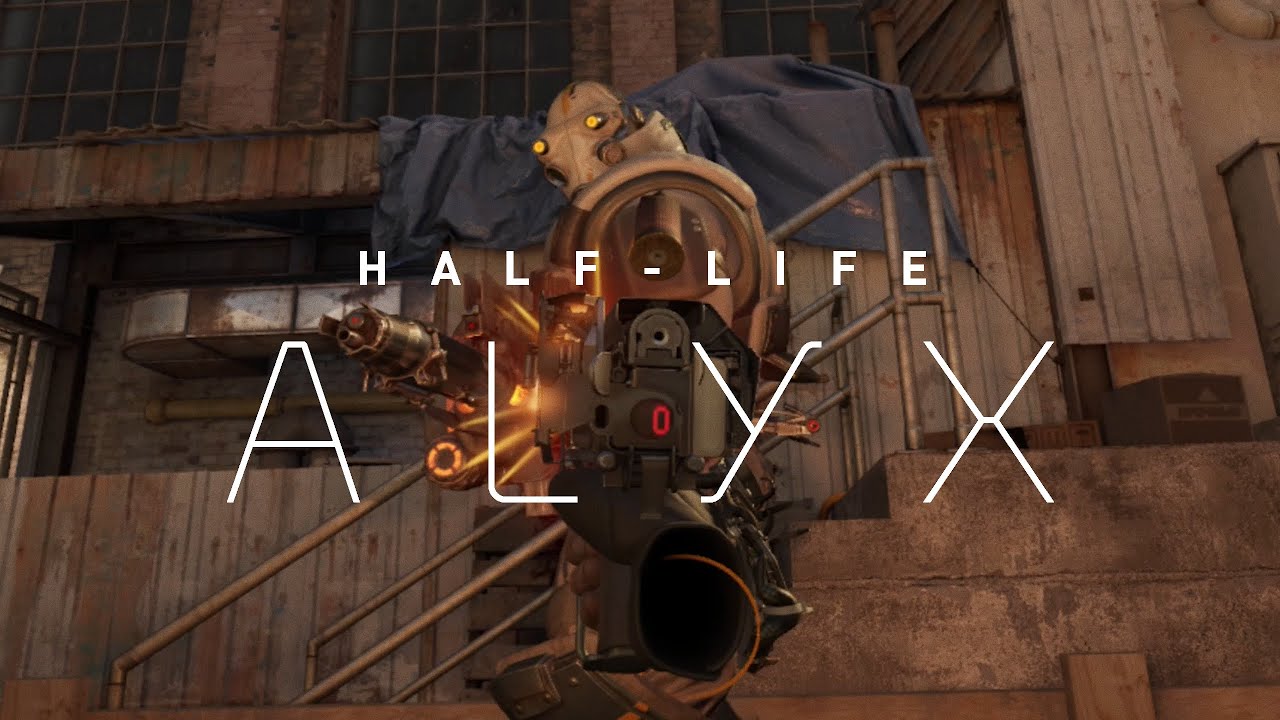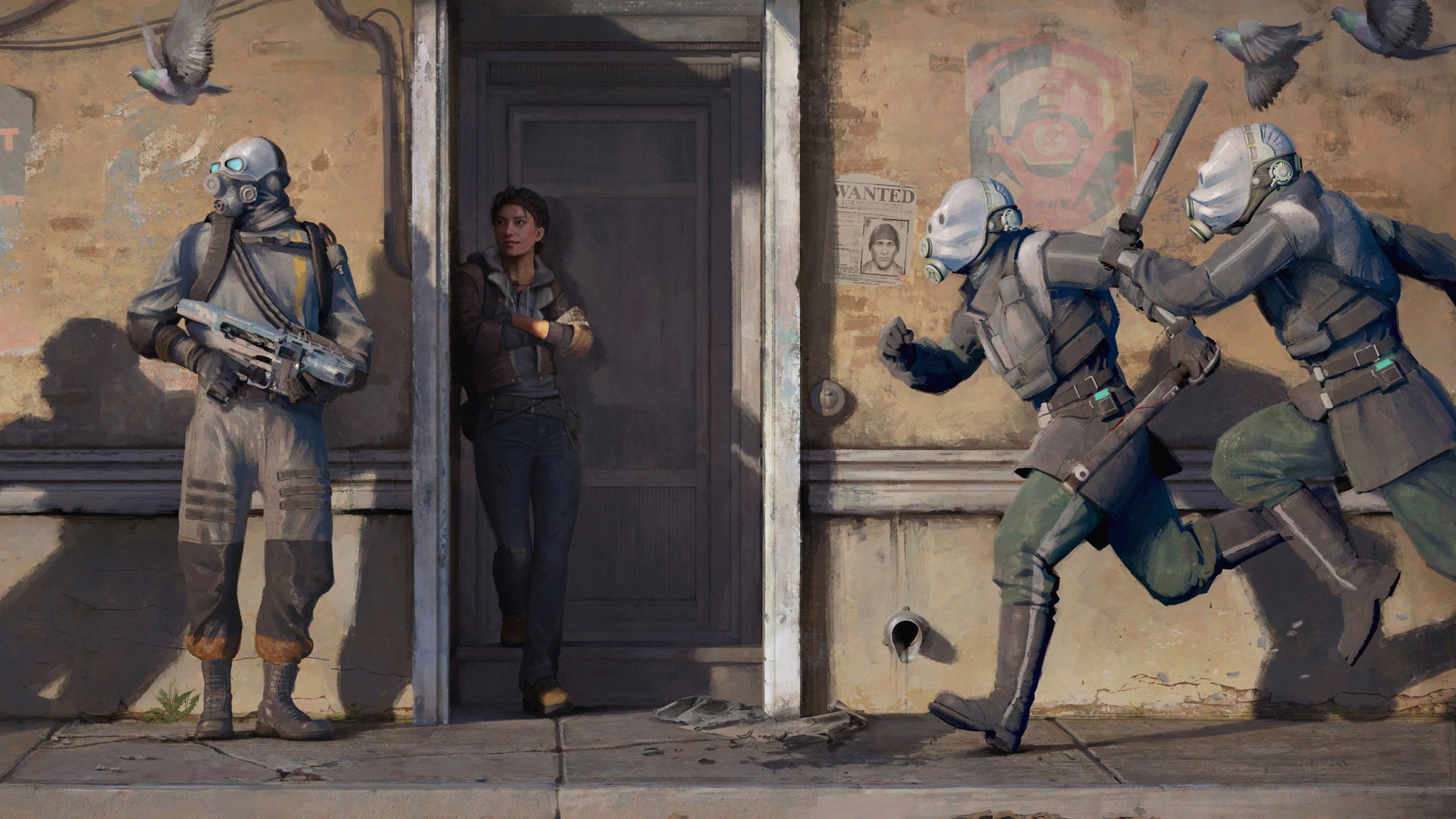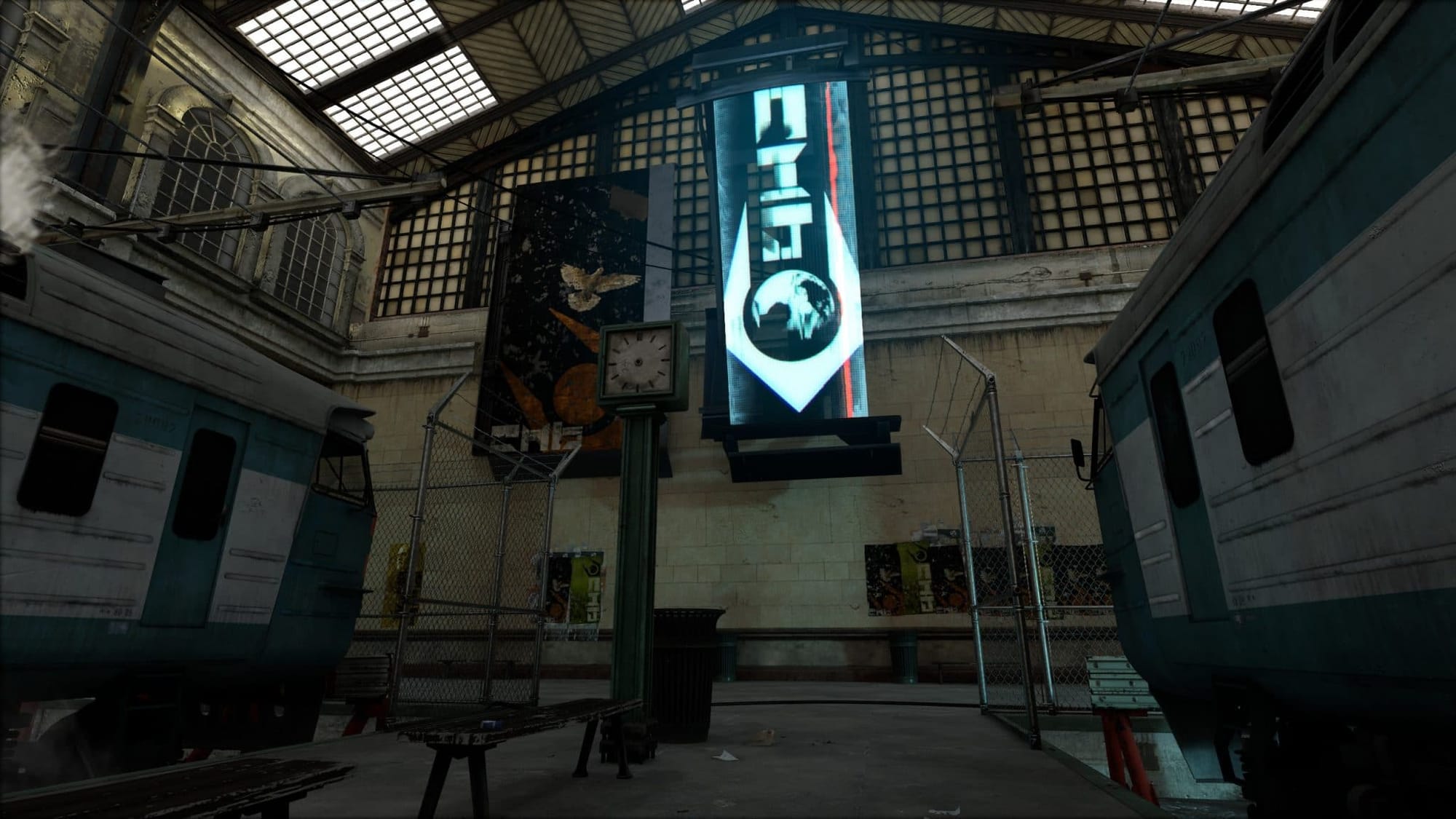
המשחק זמין במחיר של 60 דולר ב-Steam, ותוכלו לשחק בו עם כמעט כל משקפי המציאות המדומה המובילים. כמובן, השילוב האידיאלי הוא עם Valve Index, אך גם Meta Quest, HTC Vive ואפילו Windows MR תומכים – עם התאמות מעולות לכל סוגי הבקרים וההגדרות.

מה חדש ב-Half-Life: Alyx בשנת 2025?
מאז ההשקה, Valve לא הפסיקה לעדכן ולשפר את חוויית המשחק:
🔧 עדכונים ותוספות חדשות:
מצב ניו-גיים פלוס (New Game+): התחילו את המשחק מחדש עם כל השדרוגים והציוד שכבר השגתם.
שיפור גרפי משמעותי: תמיכה רשמית ברזולוציות 4K ו-8K למשקפיים החדשים של Meta ו-Pimax.
תמיכה ב-Meta Quest 3S באופן מקורי: כולל שיפור בהתאמת הבקרים והתנועה החופשית.
מערכת מודים מתקדמת (Steam Workshop): מאות מודיפיקציות קהילתיות – כולל משימות חדשות, נשקים מותאמים, ותמיכה מלאה בעברית על ידי מעריצים מישראל!

חוויית מציאות מדומה שלא הכרתם
ממש מהרגע הראשון, תעמדו על מרפסת בטאון 17 ותראו את הציטדל העצום. אבל כאן לא מדובר בסתם נוף יפה. כל חפץ מגיב לפיזיקה מציאותית – תוכלו להרים לבנים, לפתוח מגירות, לכתוב עם טוש על זכוכית, ואפילו להזיז גופות של אויבים שנפלו בדרככם.
🧤 כפפות "גרביטי"
במקום ה-Grav Gun האיקוני, הפעם יש לכם כפפות גרביטי – שמאפשרות למשוך חפצים ממרחק, ממש כמו קסם. תוכלו לתפוס תחמושת, לפתוח דלתות, להדליק מכשירים ולהרגיש שאתם שולטים בעולם סביבכם.

התאמה לכל שחקן
Valve דאגה להכל – כולל תמיכה בשליטה ביד אחת, ישיבה, עמידה או משחק מלא בשטח חדר שלם. גם אם אתם משתמשים ב-Oculus Touch, ב-Vive wand או ב-RayNeo X2 – השליטה מרגישה חלקה ומדויקת.
אקשן ואימה – ברמות חדשות
המשחק מפחיד! הרבה יותר מכל פרק קודם בסדרה. חדי-קרב קופצים עליכם, זומבים עולים מהחושך, ואתם עם פנס קטן ביד אחת ונשק ביד השנייה. כל קרב מרגיש כמו סרט הישרדות.
והכי חשוב – כדי לנצח, תצטרכו לחפש כל קליע ולחסוך בתחמושת. זו לא מלחמה של רמבו, אלא של שורד חכם.

סיכום חוויית Half-Life: Alyx 2025
✅ גרפיקה מדהימה ועדכנית
✅ שליטה טבעית בכל סוגי הבקרים
✅ תמיכה מלאה בעברית (דרך המודים)
✅ חוויית VR מלאה, אימרסיבית ומותחת
✅ אידיאלית ל-Meta Quest 3, Valve Index וכל מערכות הדור החדש
💡 אם עדיין לא ניסיתם – זה הזמן!
בין אם אתם שחקני Half-Life וותיקים או גיימרים חדשים במציאות מדומה, Half-Life: Alyx הוא משחק שחובה לחוות – וב-2025, הוא אפילו טוב יותר משהיה בהשקה.
נכתב על ידי עמית קיסר – מומחה למציאות מדומה, בינה מלאכותית וטכנולוגיות מתקדמות משנת 2013.
📍 לקבלת המלצה על המשקפיים והציוד המתאים ביותר למשחק – פנו אליי דרך CaesarVR.com


